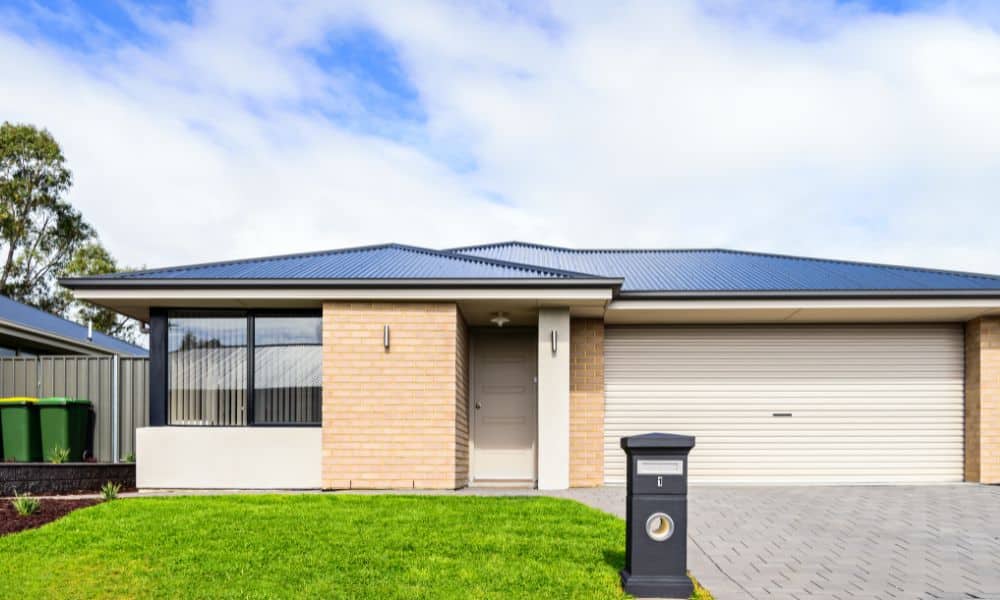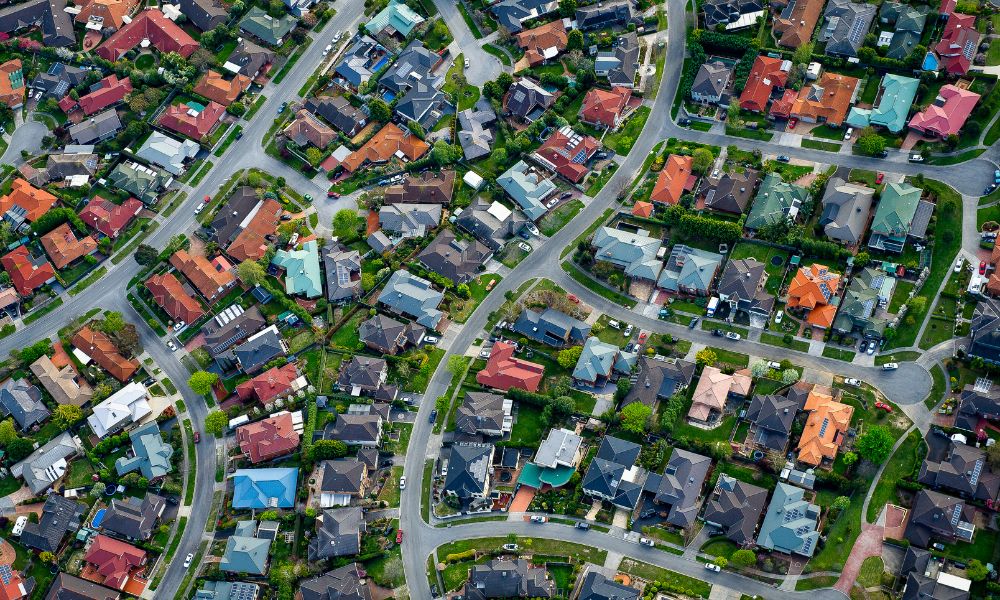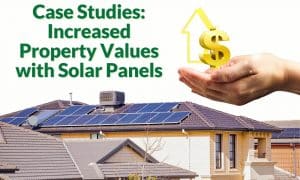Many Aussies love to wake to sunbeams sprawling across their bedrooms and enjoy glorious sunsets from their decks. Homes are often designed and built with this in mind. But did you know that the orientation of your home and roof can impact your solar production? Let’s look at what roof orientation means and how it is important when installing solar panels.
What does roof orientation mean?
Take a stroll down your street and you’ll find that the design and layout of your neighbours’ roofs could not be more varied. Some have high pitches, others have flat roofs, and each house’s materials vary. Something that also varies is the orientation of each roof.
The ideal orientation for solar on a roof in Australia is north. This is because Australia is in the southern hemisphere and our sunlight mostly comes from the north. But a north-facing house does not mean your roof will also face north. In fact, the way that most roofs are designed would mean a north-facing home will likely have east and west-facing roof faces. It all comes down to the design of your home and your roof. The image below illustrates common roof types in Australia.

Your home most likely has a gabled or hipped roof. Hipped roofs provide more faces but often mean that the space available for panels is limited. Your installer will use satellite imagery to map your roof and plan your panel array.
Can I still get solar if I don’t have a north-facing roof?
The simple answer is ‘yes’! You can even have solar panels on different faces of your roof which might result in a combination of orientations. Believe it or not, this can often serve your home better – depending on where you live and how you use your solar.
North-facing panels in Australia
Solar panels installed facing north will produce the highest yield. They can produce as much as 40% more electricity than south-facing panels. This is the ideal orientation for all states.
East-facing solar panels
While east-facing panels will produce 10-15% less energy than north-facing panels, they are ideal for households that use most of their electricity in the morning. A combination of north and east-facing panels is a fantastic solution for early birds that will use the most energy in the morning daylight hours. If you are looking to add a battery to your home, east and north-facing panels are an excellent solution. Your battery will recharge while you are not home in the afternoon, ready to be discharged overnight and in the early morning hours.

West-facing panels on homes
Where morning people benefit from east-facing panels, the opposite is true for afternoon/evening users. If you head home early and use most of your solar energy in the later hours of the day then west-facing panels, or a combination of north and west, would work for your home. This combination is also recommended for most Australians, though the west-facing panels will produce 10-15% less. When your kids get home from school, or you clock off from work, the afternoon is when aircons and the TV are switched on. You are likely to find that your solar installer recommends this if you have these roof orientations available.
South-facing solar panels in Australia
While a last resort, south-facing panels can certainly be installed on homes where other orientations are not possible. Where possible, we recommend a combination – but panels installed solely south-facing can still be a viable option for your home – though you might find that it is not recommended in southern states.
I’m ready to install solar, what do I do?
We couldn’t be happier for you! Solar is an investment in your home and your family’s future! Energy Matters is here to make the process as seamless as possible for you.
Here are the steps to going solar:
- Get multiple FREE quotes for solar, plus other renewables such as batteries, through Energy Matters.
- You will be contacted by up to 3 solar installers in your area who will provide you with quotes.
- Scrutinise the quotes and select the one that best suits your needs and budget.
- Get your solar system installed!
- Contact your electricity retailer, or compare and get the best deal, to begin reaping the benefits of your solar system.
It’s that simple! Have a read through our recommended products to familiarise yourself with solar panel, solar inverter, and battery storage brands. Equip yourself with the knowledge of how solar works and get ready to start saving with your very own solar system!














































